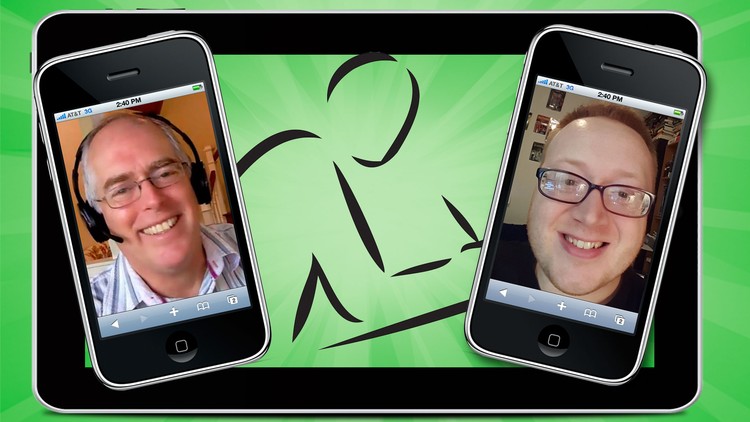
How to Engage your Students on Their Smartphones, iPads and Computers
What you will learn
Understand how teachers can use a Podcast to increase communication with their students, substitute teachers, and parents
Create an oral history for their class
Engage Students and Parents at a deeper level
How teachers can use Podcasting
Description
Perhaps you have lived under a rock all your life. Maybe you’re interested in learning more about your favorite hobby. This article will help you understand what a podcast is, and how it works.
We’ll be covering everything you need about podcasts, including what they are, why they’re important, and some examples of popular podcast formats. We’ll then answer some frequently asked questions about the 2022 audio medium.
What is a Podcast?
Podcasts are the streaming age’s answer for radio. A podcast is defined by the dictionary as a digital audio file that you can download or stream over the Internet. It’s fascinating history is what explains why it’s called a podcast.
Podcasts are a type of media content that was created in 2004 by former MTV video jockey Adam Curry, and Dave Winer, a software developer. The iPodder allowed users to download radio broadcasts from the internet to their Apple iPod. This is how the podcast term was created. Its name comes from a combination of “iPod” and “broadcasts”.
Podcasts have become a very popular form of audio entertainment. They are no longer downloadable radio programs. Podcasts are a series that is created by a host. Each episode is then posted online and subscribers can download and listen to it when it’s available.
Podcasts offer a more accessible method for content creators to connect and communicate with their audience than traditional content production methods like radio and TV. Podcasts are not currently regulated. You don’t even need a broadcasting licence to publish podcast content. Anyone can start their own podcast with basic audio and recording equipment, as well as a membership to an online hosting platform.
Podcasting in the classroom can be a powerful methodology for
- Engaging your students
- Introducing students to multimedia
- Keeping parents informed
- Helping students review or
- Assisting absent students to stay up-to-date
- Review Teacher performance
- Communicate between Administrative staff and Teacher
- And much more
In this fast-paced, fun teacher training course, Dave Bullis and Scott Paton take you through the process of using podcasts in the classroom.
We cover specific issues that teachers may face as their start their Podcasts. These include: Copyright issues, Privacy issues, Resistance from the Administration and more.
Discover the many ways Podcasting can be integrated into your curriculum as a teaching tool. And with so many students having their own smartphones, they can easily be listening to podcasts created by the teaching staff or their fellow students.
Over one billion people have subscribed to podcasts and the chances are your students are already listening to them.
Content